Knee arthritis can lead to discomfort that negatively impacts our quality of life. That said, although arthritis isn’t necessarily unavoidable, there are still many ways you can manage your symptoms and live an active and healthy life.
In this article, our hope is to provide you with the most effective techniques to make the most of your life while living with knee arthritis, as well as how to minimize the occurrence of additional complications.
Generally, how common is knee arthritis?
The most common form of arthritis is osteoarthritis, which is estimated to occur in 1 out of every 4 people in the U.S. (nearly 58.5 million people) according to the CDC. At any point in life, we may experience it to some extent without even knowing.
Who experiences knee arthritis?
The Arthritis Foundation states that some individuals may experience arthritis prior to the age of 16 (e.g., juvenile idiopathic arthritis), while for others it may not occur until after the age of 55 years old. Assuming that arthritis is a debilitating condition which will inevitably require a joint replacement surgery is a frequent misunderstanding among the general public.
Is knee arthritis a normal part of moving and living?
Arthritis should be viewed just as one would view other tissues in our bodies that are impacted by age and the various levels of activity we chose to participate in or avoid. For example, our teeth will undergo changes throughout our lives, hence the term to get “long in the tooth.” While we may not be happy about developing one or multiple cavities, we definitely do not assume that a dentist will extract the decayed tooth and replace it with an implant (well, some of us might and in some cases this might be the only solution, but let’s save that for a different time).
Instead, most individuals would expect to be educated in being increasingly proactive with their oral health to avoid additional complications that may arise. Another change we can likely expect throughout life are gradual changes in our vision, which can often be rectified by following up with an optometrist. In short, the tissues in our body simply begin to experience signs of wear and tear, which are common age related changes and a normal occurrence in life. The aforementioned changes can also occur within the cartilage between our bones that make up our joints. However, the normal physiological and biomechanical changes that do occur do not suggest that you have a disease or an illness; instead, the changes simply define you as a human who has not yet learned to defy biology. Welcome to the club!
Knee Arthritis Tip #1: Move More
Our ultimate advice? Stay active. Staying active engages your muscles and results in the movement of your joints, which causes optimized blood flow and leads to improved oxygenation to tissues and fluid exchange. Strengthening the muscles around the joint through exercising helps reduce stress at your joints and keeps joints stable, which in turn permits you to perform routine activities, such as stairs, walking, bending, etc. Movement is often the best medicine.
Of course, movement has a different meaning to everyone—yoga, walking the dog, running, using a standing desk at work, weightlifting, and propelling a wheelchair are all forms of movement. Whatever the activity happens to be, do not stop due to fear of making your arthritis worse. Our bodies greatly benefit from movement to curb the rate of normal age related changes.
“But what about pain? It hurts when I move!”
Trust us, we hear you! Listed below are green light, yellow light, and red light examples our physical therapists often use with patients. These serve as general guidelines in determining how to proceed with activity participation…
Green Light
No pain during exercise, no pain afterwards. Continue onward and upward! Are you having a difficult time with meeting your goals or do you prefer exercising with others? A physical therapist can assist you with developing an individualized exercise program or recommend a community based online exercise program to help you achieve your goals.
Yellow Light
You feel minimal to moderate discomfort while moving, but the pain returns to baseline after a short period and is no worse after you are through with exercising. Approach with caution, but keep moving. You did not likely develop an additional injury to your tissues and are safe to carry on with your activity at a similar intensity level. A general guideline to follow with all exercises is to perform them in a gradual fashion over an extended period of time. Another thing to keep in mind is that you may experience soreness of your muscles after initiating a new activity, increasing your duration of activity, and increasing your level of intensity, which is perfectly normal, as long as you observe the recommendations listed in these guidelines. Lastly, we feel it is very important to avoid sudden increases in the duration of your exercise activity or level of intensity, as this approach often leads to frustrating setbacks and unnecessary discomfort.
Red Light
You perform an activity and have intense pain or suffer from soreness for more than 48hrs after exercising. Stop this activity and try a lower impact exercise, such as walking in a pool instead of walking at a park, or seek specialized advice from a physical therapist. A physical therapist may address the intensity of the exercise or your body mechanics while performing a particular activity (see more in upcoming section). In addition, physical therapists can recommend joining AgeProof Your Body or one of the multiple in-person community based programs that are recommended by the American Physical Therapy Association for individuals living with arthritis.
Knee Arthritis Tip #2: Watch Your Weight
Currently, the CDC notes that those of us who are obese are 1.5 times more likely to develop arthritis than those of us who are not. The benefits of weight loss in terms of arthritis is simply a matter of physics. The more weight you carry on your body, the greater the load placed on our joints. A common rationale is that the space between the joint narrows due to excessive pressure and the cartilage that protects the ends of your bones may experience accelerated changes that are not age related. Less weight means less pressure and more spacing, which means a lesser likelihood of developing arthritis.
Even for those of us already suffering from arthritis, decreasing the amount of stress to our joints can alleviate many symptoms. While weight loss is a very important part of this journey, it is an entire topic in and of itself. To learn more about how you can safely exercise with arthritis in the hopes of losing weight, feel free to contact us. We would be happy to help you with your journey!
Knee Arthritis Tip #3: Move Intentionally
Body mechanics are important. The three bones that form our knee joint (the femur, the tibia and the patella) act as a unit involving levers and a fulcrum (hinge). This hinge enables us to move our bones so that we can explore our world through standing, walking, running, or sitting. Just as would be the case with any other piece of machinery, when the levers and the fulcrums are not aligned as intended, the machine parts may not function optimally and can experience premature changes or failure. As a result, the machine may require a tune up or replacing worn parts. Does this sound familiar?
When it comes to our knees, if you have abnormal movement mechanics during routine activities of daily living, recreational activities, or sport participation, you may begin to experience discomfort. Many things can lead to faulty body mechanics including your genetic blueprint, acquired anatomical alignment, motor control and coordination issues, strength or mobility deficits, poor footwear, etc.
The great news is that a skilled physical therapist can identify where these deficits are taking place. Correcting your body mechanics—sooner than later—will not only improve the efficiency with which your knees respond to stress, but will also improve potential symptoms stemming up and down the chain (meaning your ankles, hips, and lower back) and improve your overall performance with activity.
Knee Arthritis Tip #4: Work With a Physical Therapist
If you have tried the above recommendations but continue to struggle with managing your pain and dysfunction, we strongly recommend seeking the help of a licensed physical therapist in your state. A physical therapist will examine the health of your joint and relevant tissues, as well as prescribe helpful exercises or manual therapy interventions to assist with pain management and address common impairments. We also recommend working with a PT before opting for surgery. You no longer need to see your medical doctor or family nurse practitioner prior to seeing a physical therapist, nor is a prescription required before your first appointment.
Knee Arthritis Tip #5: Avoid Prolonged Sitting
When you drive, watch TV, or eat, your knees are almost always maintained in a bent or flexed position. Just as sitting with poor posture for long periods of time can cause low back discomfort, sitting with your knees bent for prolonged periods can contribute to tissue shortening that becomes less elastic. The changes that take place may cascade into other issues that can cause discomfort. Get into the habit of getting up and moving around to stretch your knees every now and then and give your knees what they were designed to do—movement.
Conclusion
Arthritis is a hurdle many of us are capable of grappling with provided the guidance of a physical therapist, just as we would a cavity with a dentist or near sightedness with an optometrist.
The biggest hurdle is usually not knowing where to start with exercising. With the help of a physical therapist, however, you can receive a personalized plan to strengthen, mobilize, and restore function in your knees. Request a session today and we will guide you in selecting the correct program for you.
References
Anderson JJ, Felson DT. Factors associated with osteoarthritis of the knee in the first national Health and Nutrition Examination Survey (HANES I). Evidence for an association with overweight, race, and physical demands of work. Am J Epidemiol. 1988 Jul;128(1):179-89. doi: 10.1093/oxfordjournals.aje.a114939. PMID: 3381825.
Logerstedt DS, Scalzitti DA, Bennell KL, Hinman RS, Silvers-Granelli H, Ebert J, Hambly K, Carey JL, Snyder-Mackler L, Axe MJ, McDonough CM. Knee Pain and Mobility Impairments: Meniscal and Articular Cartilage Lesions Revision 2018. J Orthop Sports Phys Ther. 2018 Feb;48(2):A1-A50. doi: 10.2519/jospt.2018.0301. PMID: 29385940.
https://www.arthritis.org/home
https://www.cdc.gov/arthritis/index.htm
https://www.ageproofyourbody.com/
https://www.choosept.com/health-tips/arthritis-find-community-based-physical-activity-program
https://movement-x.com/locations/


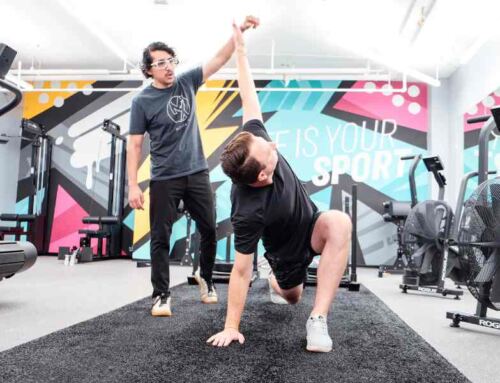

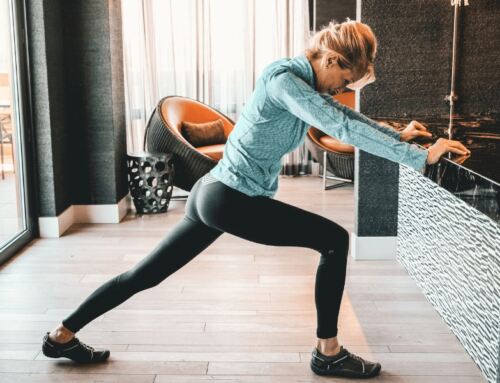
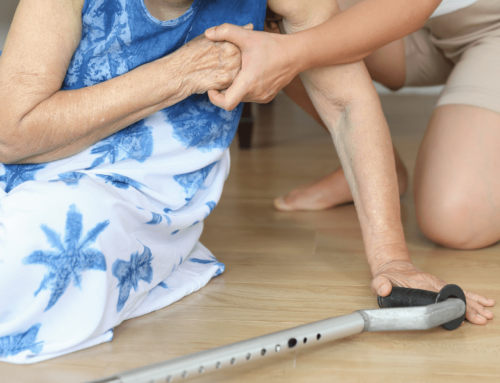
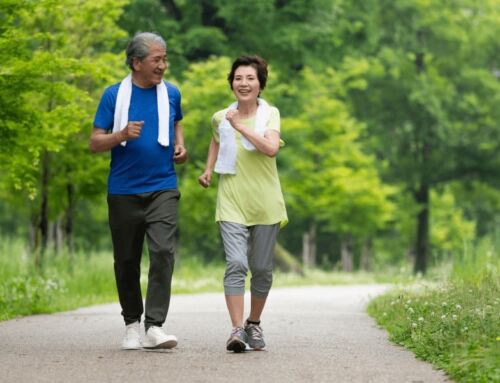
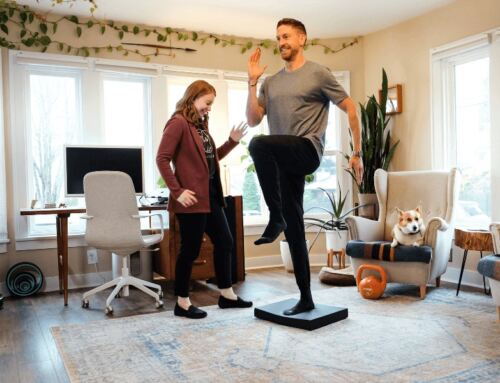
I love how you talk about how artists can be minimized through proactive care, just like teeth and cavities. My mom has been complaining about how she’s been dealing with a lot of pain in her knees and nothing seems to help. We’ve been looking into finding a nearby doctor she can make an appointment with to tell us if it’s arthritis or not so we know how to treat it.